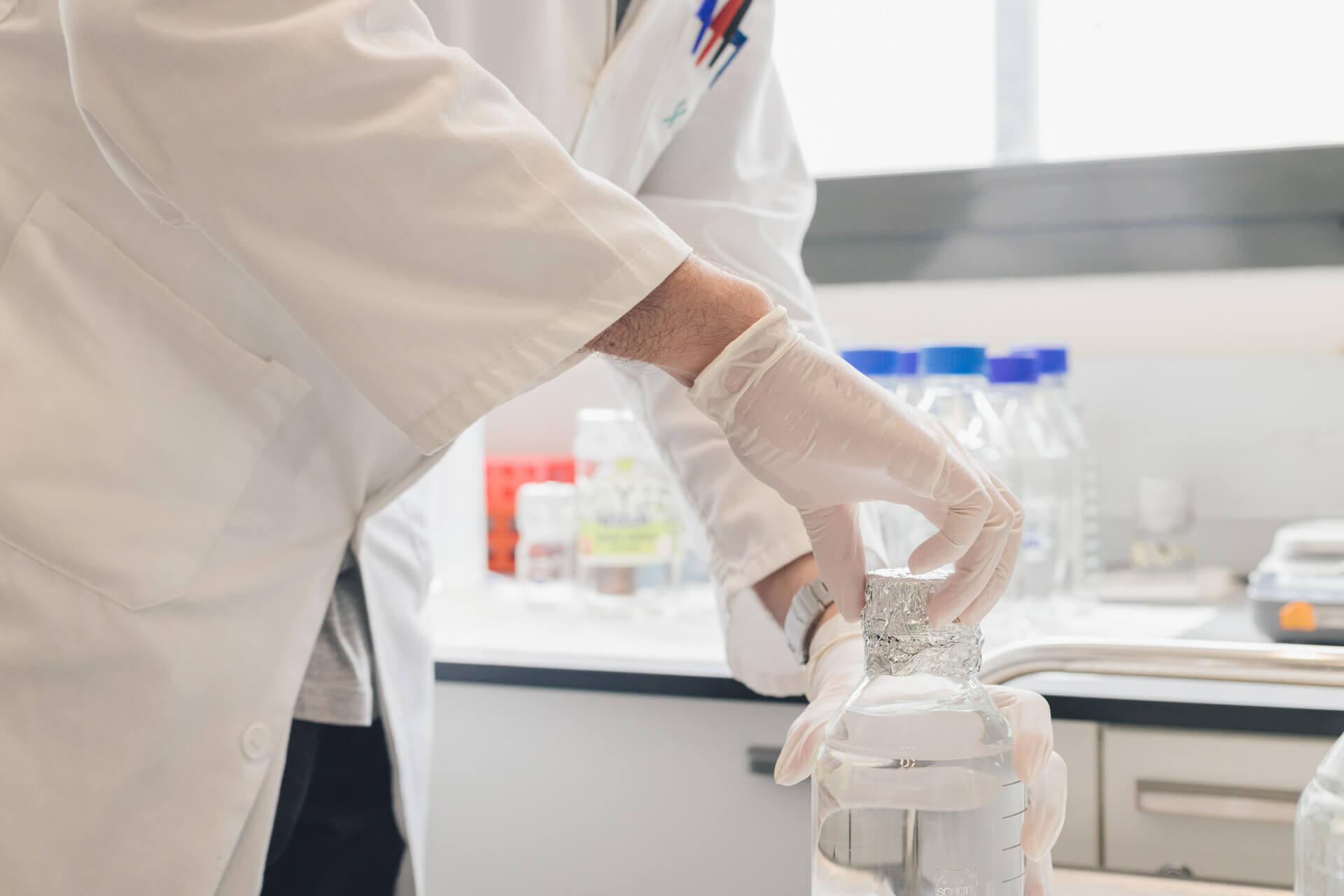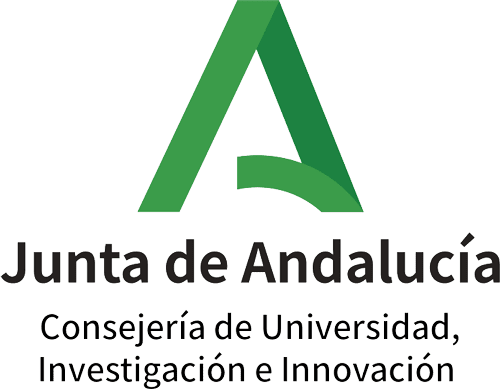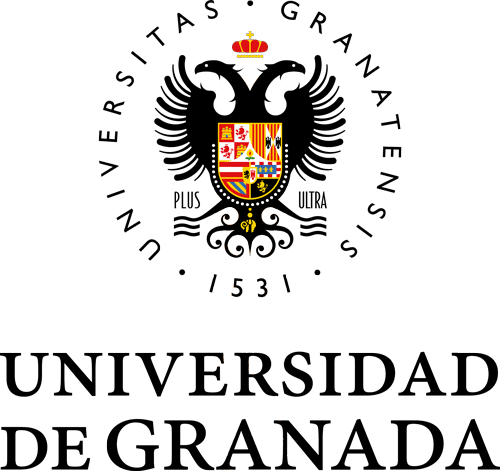
Microscopy Unit
There are no projects in the garbage can.
There are no projects in the garbage can.
Optical microscopy is a technique that allows the observation of mostly translucent samples, or in the case of opaque samples, with a reflection surface that is not perfectly polished. The light strikes the sample at different depths, generating a blurred image due to the detection of light from areas outside the plane of focus, which causes a significant degradation in the sharpness, contrast and resolution of the image.
Confocal laser microscopy appeared with great success after the development of the laser, achieving excellent results in various disciplines (medicine, biology, geology, etc.), due to its undoubted advantages over traditional optical microscopy. The principle of confocal laser microscopy is based on the elimination of reflected light or fluorescence from out-of-focus planes. For this purpose, the sample is illuminated point by point with a laser line and only the light coming from the focal plane is detected, eliminating the beams from the lower and upper planes, thus generating images of high sharpness, contrast and resolution. In addition, with confocal laser microscopy, optical sections of the sample can be obtained, allowing for a three-dimensional study.
Total Internal Reflection Fluorescence (TIRF) microscopy is based on a type of illumination that generates an evanescent wave or field approximately 100 nm thick, producing excitation of a limited region of the sample, located adjacent to the interface between two media with different refractive indices. In practice, the interface most commonly used in TIRF is the contact area between the basal plasma membrane of the cell and the glass or substrate to which the cell adheres. TIRF microscopy allows a wide range of applications in cell biology, such as analysing the localisation and dynamic distribution of fluorescent molecules near the basement plasma membrane of cells.
The laser capture microdissection technique focuses on the observation and separation of single cells or small cell groups from heterogeneous tissue in a selective, efficient and rapid manner, enabling the systematic study of the quality and quantity of biomolecules (DNA, RNA or proteins) in specific cell populations. This technology, which was originally developed for the molecular analysis of tumours, can now be applied to a wide variety of tissues, and facilitates the study of the molecular basis of numerous diseases, such as those associated with human genetic variability, such as cancer, rare diseases, degenerative diseases, diabetes and hypertension, among others.
The Microscopy Unit at GENyO is dedicated to the application and development of different advanced confocal laser microscopy techniques, such as the analysis of the localisation and dynamic distribution of molecules of interest in cells or animal models, opening up a wide range of new possibilities for dynamic studies of cellular processes. It also has specific equipment to perform the Total Internal Reflection Fluorescence (TIRF) microscopy technique, in order to visualise processes of cell mobility, protein aggregation and adhesion, endocytosis, exocytosis and vesicle transport, among others, processes located in the basal plasma membrane region of cells. The unit also carries out the technique of microdissection by laser capture, which allows the isolation of pure cell populations or individual cells for subsequent genomic or proteomic study.




